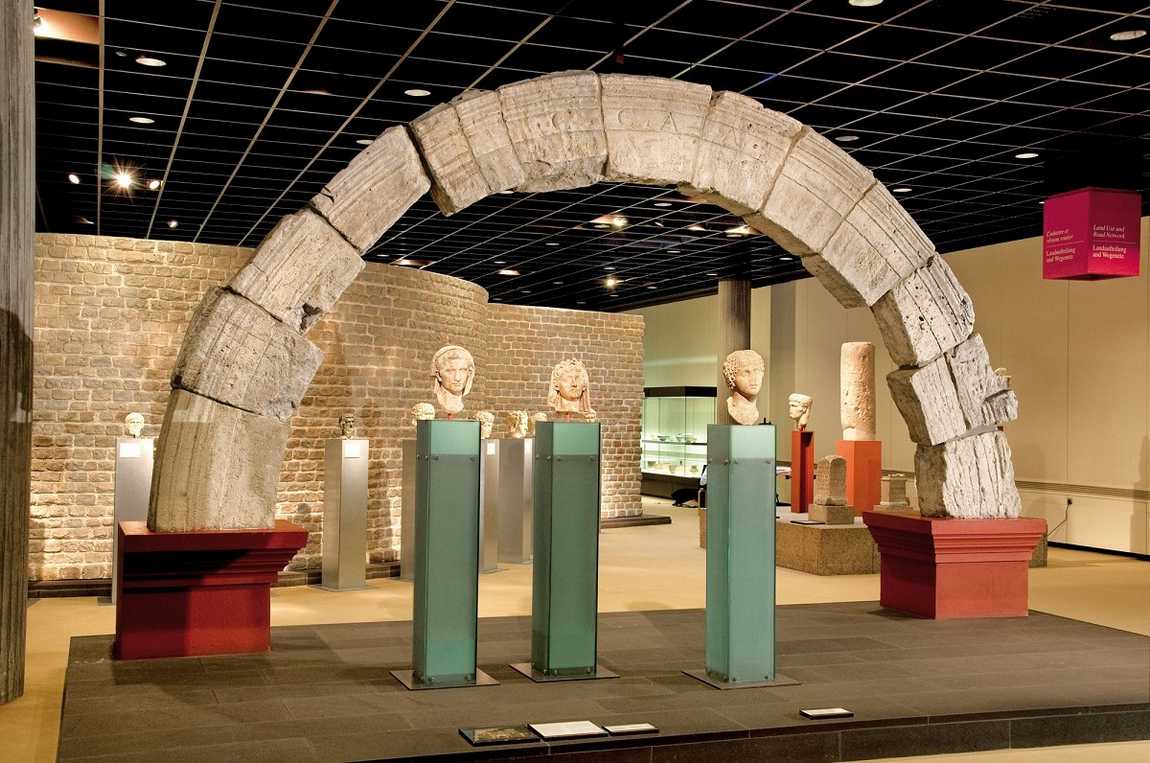A tour of the Römisch-Germanisches Museum in Cologne will be of great interest to schoolchildren and especially those interested in the ancient history of the world. It's an excellent excursion into the past, with vivid examples, unusual finds and an easily accessible exhibition site.
The Romano-Germanic Museum is practically next door to Cologne Cathedral. According to local historians, the museum was founded in 1941 by chance when a bomb shelter was being built at the outbreak of the Second World War. During excavations for the bomb shelter, an ancient Roman settlement from the 3rd century AD was discovered.
A unique find is a huge mosaic from around the 2nd century AD depicting scenes from the life of the god Dionysus. It became the basis for the cultural centre that was built around it. Today, this marvel of ancient art can be admired on the lower, semi-basement floor of the museum.

Renovated in 1974, the building is a large light grey cube with three floors of fascinating historical exhibits. You and your child should take a walk around the halls, as the knowledge you gain here will be useful in school.
As you move from one area to the next, you'll discover more and more. Imagine, the local collection has around 3 million pieces that bear direct witness to the fact that the ancient Romans once lived here! As well as the unique Dionysus mosaic, there are other examples of wall and floor paintings made from small tiles. All the authentic mosaics are perfectly preserved.
Upstairs you can discover the history of the origins of man in the Cologne region. The exhibition tells the story of human evolution since the Paleolithic era. The stands display a large number of ancient Roman objects found during excavations in the Rhine port area.
The Roman-German Museum also offers you and your child an extensive collection of glass, gold and silver jewellery and everyday objects (clothes, shoes and crockery) from the Roman period. You can see what an emperor's golden laurel wreath or ring looked like, what carriages were used and what cutlery was used. Tourists who like tombstones and monuments will also enjoy the museum. In one of the rooms there is a huge tombstone in honour of the legionary Pablicius. The tombstone is almost 15 metres high and has been partially reconstructed in the city centre. There are several other tombstones of equal interest to those in the know.
The museum regularly organises themed exhibitions and you can take your child to one of these. Audio guides in various languages are available for visitors. If you get hungry and want a snack, you can visit the local café.











